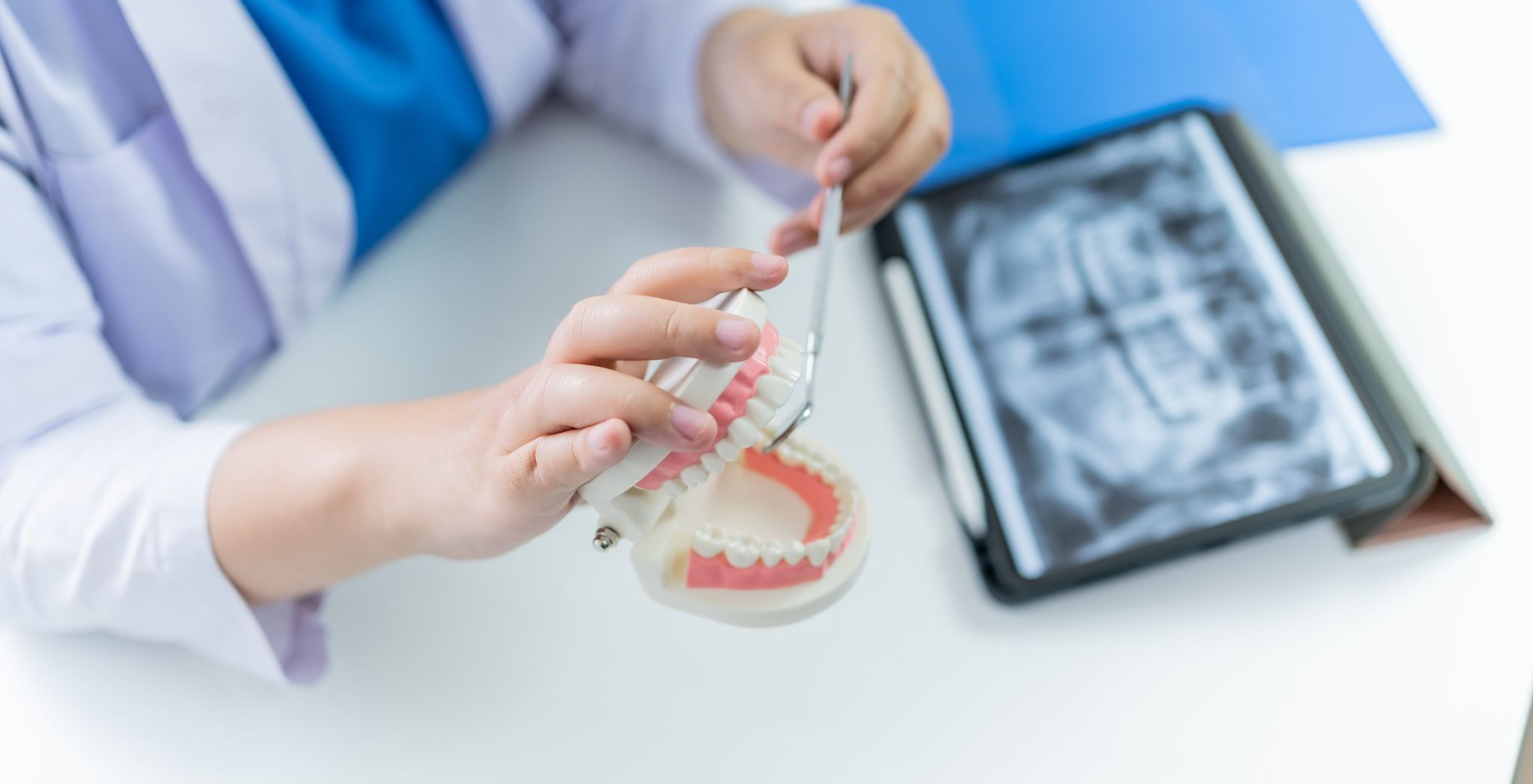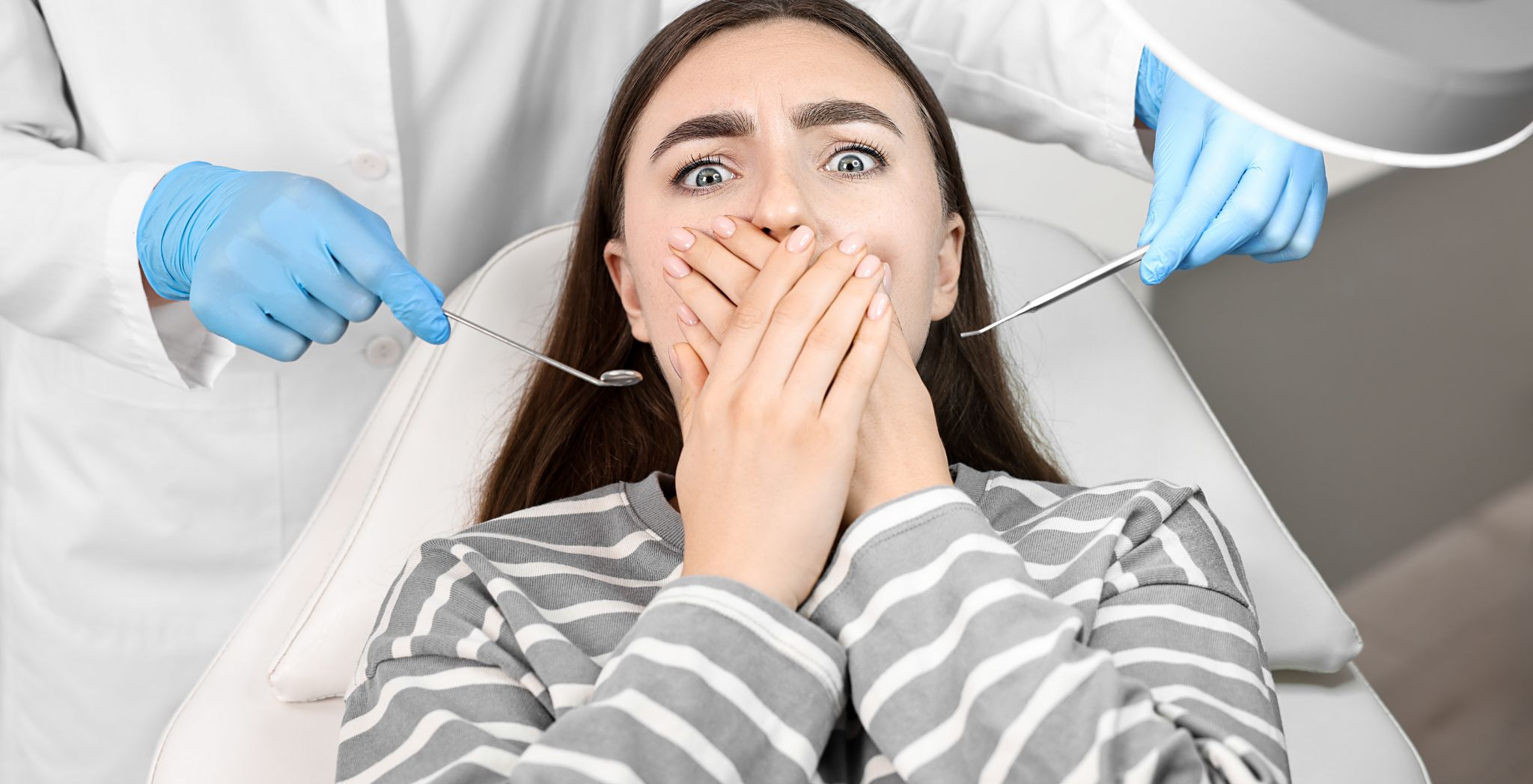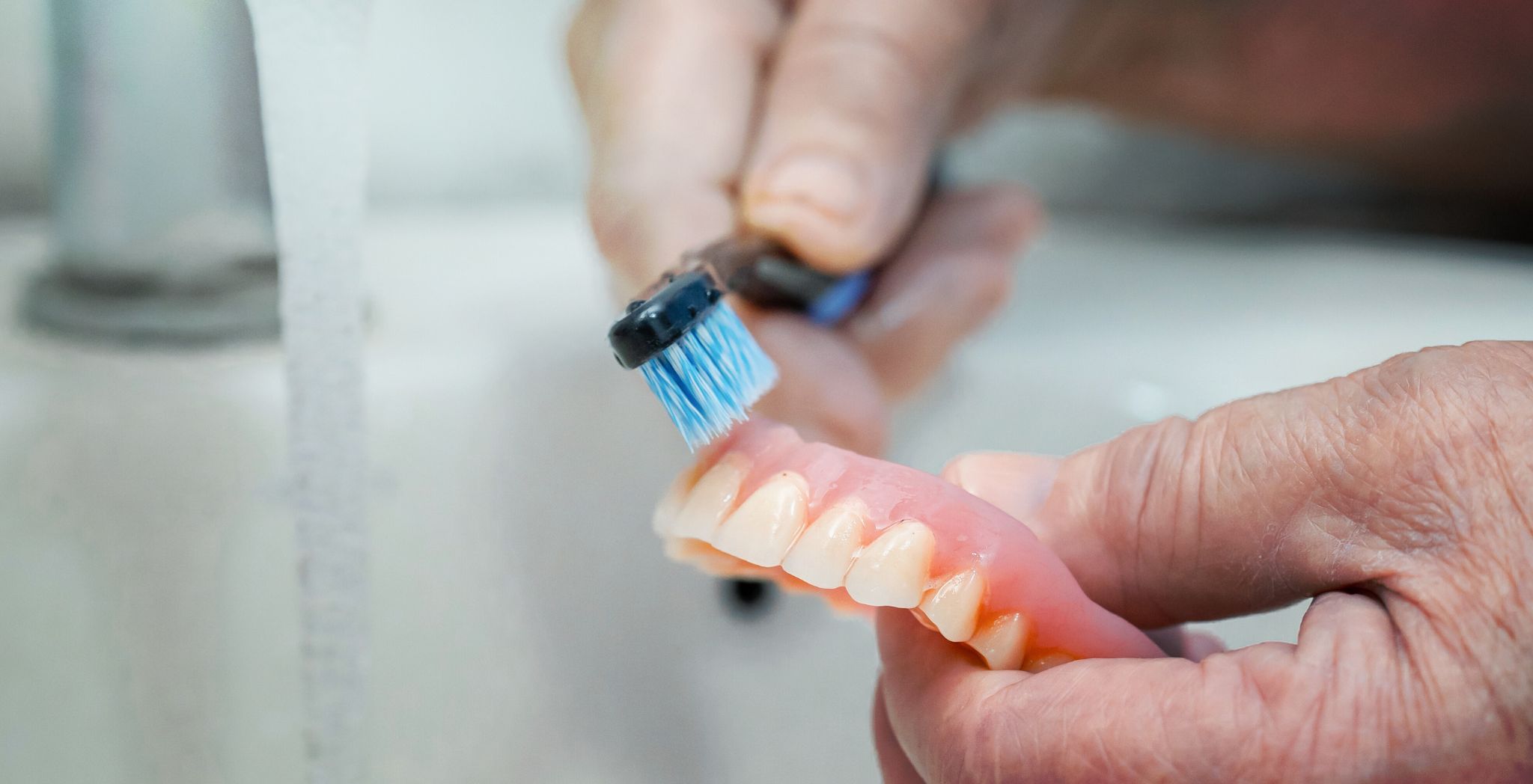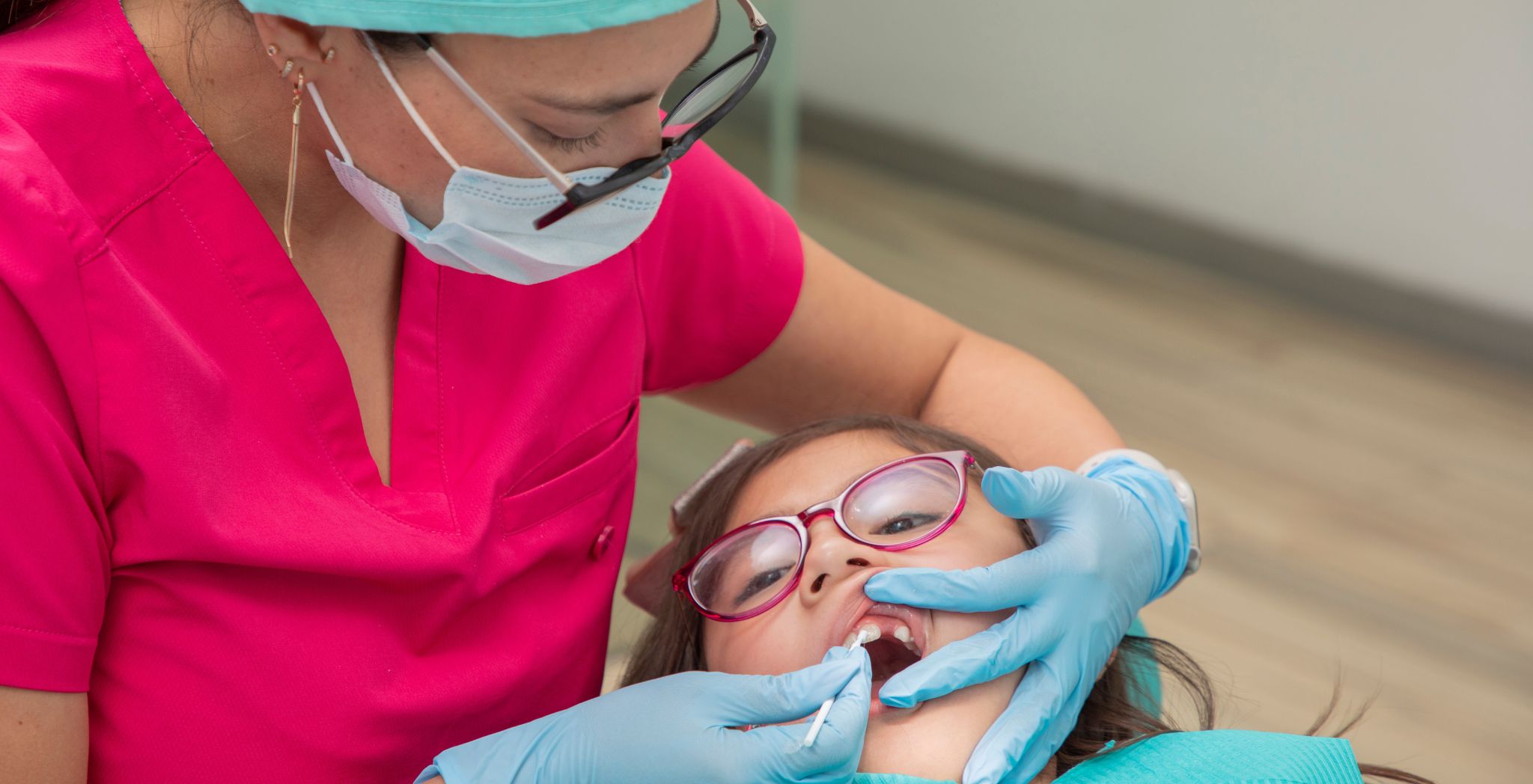Ever wondered how your dentist knows what’s really going on inside your teeth and jaw, even when they can’t see it directly? The answer, my friends, is radiology in dentistry! It might sound a bit technical, but in simple terms, it’s all about using X-rays to get a clear picture of your hidden oral health. Think of it like a superhero power for your dentist, allowing them to see through bone and gum to spot problems before they become big headaches.
In this blog, we’re going to break down everything you need to know about radiology in dentistry. We’ll explore what X-rays are, the different kinds of X-rays, how they help your dentist, and even talk about how safe they are.
So, let’s dig in and see how these amazing images keep your smile healthy and bright!
What is Radiology in Dentistry?
At its heart, radiology in dentistry is the use of radiation (don’t worry, it’s very small amounts!) to create images of your teeth, bones, and surrounding tissues. These images are called X-rays or radiographs. Unlike a regular photo that just shows the surface, X-rays can pass through soft tissues like your gums and cheeks, but are stopped by denser structures like teeth and bone. This creates a shadow-like image where your teeth and bones appear white, and less dense areas appear darker.
Imagine trying to find a tiny crack in a teacup without being able to see inside. That’s somewhat similar to what dentists face. X-rays act like a special flashlight, revealing those hidden cracks, cavities, and other issues that would otherwise go unnoticed. This incredible ability to “see” inside is what makes radiology an absolutely vital tool for modern dental care.
Types of Dental Radiology
You might think an X-ray is just an X-ray, but there are actually a few different types of dental X-rays, each designed to capture specific views of your mouth.
1. Intraoral X-rays:
These are the most common type and are taken inside your mouth.
- Bitewing X-rays: These are brilliant for spotting cavities between your back teeth and checking how well your fillings are holding up. You bite down on a small piece of film or a sensor, and it shows both your upper and lower teeth in one go.
- Periapical X-rays: These show the entire tooth, from the very top of the crown right down to the tip of the root and the bone around it. They’re excellent for detecting problems like abscesses, bone loss, or issues with root canals.
- Occlusal X-rays: These provide a wider view of an entire arch (either your upper or lower jaw) and are often used to show the development of teeth in children, or to locate extra teeth or problems in the roof of the mouth or floor of the mouth.
2. Extraoral X-rays:
These X-rays are taken outside your mouth and give a broader view of your skull and jaws.
- Panoramic X-rays (OPG): These are fantastic! You stand still while a machine rotates around your head, capturing a single image of your entire mouth – all your teeth, upper and lower jaws, and even your sinuses and jaw joints. They’re super useful for looking at wisdom teeth, checking for jaw problems, or planning orthodontic treatment.
- Cephalometric X-rays: These are usually taken from the side of your head and are especially helpful for orthodontists (dentists who specialise in straightening teeth). They show the relationship between your teeth and jawbones, which is crucial for planning braces.
- Cone Beam CT (CBCT) for Dentistry: This is a more advanced type of X-ray that creates incredibly detailed, 3D images of your teeth, bone, nerves, and soft tissues. Think of it like a 3D map of your mouth! Cone Beam CT for Dentistry is incredibly valuable for complex procedures like placing dental implants, planning wisdom tooth removal, or diagnosing difficult conditions that traditional X-rays might miss.
How Dental X-rays Help with Diagnosis
This is where the magic happens! Dental X-rays are absolutely crucial for your dentist to accurately diagnose and treat a wide range of oral health issues. Here’s how they help:
- Finding Cavities (Dental Caries): X-rays can show cavities that are hidden between your teeth or under existing fillings, long before they become painful or visible to the naked eye. This means your dentist can treat them early, preventing them from getting bigger and causing more serious damage.
- Detecting Bone Loss: Periodontal disease (gum disease) can lead to bone loss around your teeth. X-rays clearly show the extent of this bone loss, helping your dentist determine the severity of the disease and plan appropriate treatment.
- Checking for Infections and Abscesses: An abscess is a pocket of pus often caused by an infection at the tip of a tooth root. X-rays can pinpoint these infections, even if there’s no visible swelling, allowing for timely treatment to relieve pain and prevent further spread.
- Monitoring Tooth Development: For children, X-rays are essential for checking how their adult teeth are developing, if there are any extra teeth (supernumerary teeth), or if any teeth are impacted (stuck).
- Planning Treatments: Whether it’s planning for braces, dental implants, or even complex extractions like wisdom teeth, X-rays provide the detailed information your dentist needs to create a precise and effective treatment plan.
- Spotting Other Issues: X-rays can reveal a surprising number of other conditions, including cysts, tumours, or changes in bone structure that might not be visible during a regular oral exam.
The Role of Digital Radiology in Dentistry
Gone are the days of waiting for films to develop in a darkroom! Digital radiology has revolutionised dental X-rays, making them faster, safer, and more efficient.
Instead of traditional film, digital X-rays use electronic sensors to capture the images. These images are then instantly displayed on a computer screen. This offers several fantastic benefits:
- Lower Radiation Dose: Digital X-rays typically expose you to significantly less radiation than traditional film X-rays – often up to 90% less! This is a big win for your safety.
- Instant Images: No more waiting around! The images appear on the screen immediately, allowing your dentist to review them with you right away and discuss findings.
- Enhanced Image Quality: Digital images can be easily enhanced, zoomed in, or adjusted for brightness and contrast. This allows your dentist to see even the tiniest details more clearly.
- Easy Sharing: Digital X-rays can be easily shared electronically with specialists if needed, making referrals and collaborative care much smoother.
- Environmentally Friendly: No more chemicals for developing films, which is better for the environment.
Safety of Dental X-rays
It’s completely normal to have questions about the safety of X-rays, but rest assured, dental X-rays are incredibly safe. The amount of radiation used in dental X-rays is extremely small, especially with modern digital technology.
To put it in perspective, the radiation you receive from a set of bitewing X-rays is less than the amount you’d naturally be exposed to just by spending a day outdoors or flying on an aeroplane. Our dentist and their team take every precaution to minimise your exposure, including:
- Lead Aprons: You’ll be given a lead apron to wear, which protects your body from any scattered radiation.
- Thyroid Collars: Sometimes, a thyroid collar is also used, especially for children, to protect this sensitive gland.
- Using Modern Equipment: Digital X-ray machines are designed to deliver the lowest possible dose of radiation while still producing high-quality images.
- Only Taking Necessary X-rays: Your dentist will only recommend X-rays when they are truly necessary for your diagnosis and treatment.
Your dentist, like dentist in Pakenham, will always prioritise your safety and only recommend X-rays when the benefits of diagnosing potential problems far outweigh the minimal risks.
When Are Dental X-rays Recommended?
The frequency of dental X-rays varies depending on your individual oral health needs, your age, and your risk factors for dental disease.
- New Patients: If you’re a new patient, your dentist will likely recommend a full set of X-rays (including panoramic or full mouth series) to get a complete baseline picture of your oral health.
- Regular Check-ups: For most adults with good oral health, bitewing X-rays are typically recommended every 1-2 years to check for new cavities and bone changes.
- Children and Teenagers: Children and teenagers often need X-rays more frequently because their teeth are still developing, and they are generally more prone to cavities.
- Specific Concerns: If you have specific symptoms like pain, swelling, or sensitivity, your dentist will take targeted X-rays to help diagnose the problem.
- Before Procedures: X-rays are essential before procedures like orthodontics, dental implants, wisdom tooth removal, or root canal treatment to ensure proper planning and execution.
- Monitoring Existing Conditions: If you have gum disease or other ongoing conditions, regular X-rays might be needed to monitor their progression and the effectiveness of treatment.
Your dentist, like dentist Berwick, will discuss with you why X-rays are being recommended and how often they believe they are necessary for your ongoing oral health.
What to Expect During a Dental Radiology Exam
Getting dental X-rays is a quick and painless process. Here’s a general idea of what to expect:
- Preparation: You’ll be asked to remove any removable dental appliances (like dentures) and any metal objects from your head and neck area, such as jewellery, glasses, or hairpins, as these can show up on the X-ray and block important details.
- Protective Gear: The dental assistant or hygienist will place a lead apron over your chest and lap to shield your body from radiation. A thyroid collar may also be used.
- Positioning: Depending on the type of X-ray being taken:
- Intraoral X-rays: You’ll be asked to bite down gently on a small plastic or cardboard holder that positions the X-ray film or sensor inside your mouth. The X-ray machine will be positioned next to your cheek.
- Panoramic X-rays: You’ll stand or sit with your chin on a small support, and you’ll be asked to remain still while the machine rotates around your head.
- Cone Beam CT: You’ll usually sit or stand still while the machine rotates around your head, similar to a panoramic X-ray, but it will take multiple images from different angles.
- Taking the Image: The dental professional will step behind a protective barrier and activate the X-ray machine. You’ll hear a brief beep or click. You’ll be asked to remain completely still for a few seconds during the exposure.
- Review: For digital X-rays, the images will appear almost instantly on a computer screen for your dentist to review with you.
The entire process for a standard set of X-rays usually only takes a few minutes, and you won’t feel anything during the exposure.
Conclusion
So there you have it!
Radiology in dentistry, or the use of dental X-rays, is a truly remarkable and indispensable part of modern oral healthcare. From catching tiny cavities early to planning complex surgeries, these incredible images provide your dentist with the vital information they need to keep your teeth and gums healthy. With the advancements in digital technology, dental X-rays are faster, more efficient, and safer than ever before.
Next time our Woodleigh Waters Dental dentist recommends an X-ray, you’ll know exactly why it’s so important for your oral health. It’s all about seeing what’s beneath the surface to ensure your smile stays strong and beautiful for years to come.
Ready to Ensure Your Oral Health is In Tip-Top Shape?
Don’t wait for problems to become painful!
If you’re due for a check-up or have any concerns about your teeth and gums, contact your local dentist today. Whether you’re looking for a friendly dentist in Berwick or a reliable dentist in Pakenham, we will be able to assess your needs, including whether dental X-rays are right for you, and help you maintain that brilliant smile.
Book your appointment now and let modern dentistry keep your oral health at its best!



